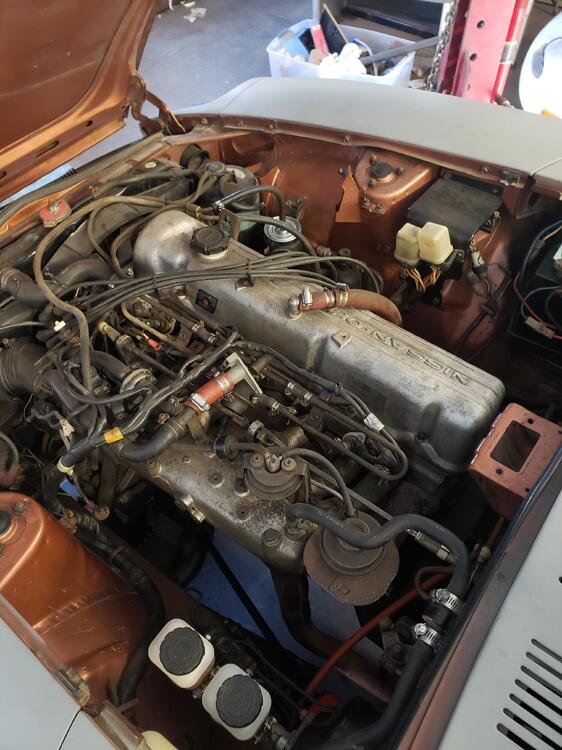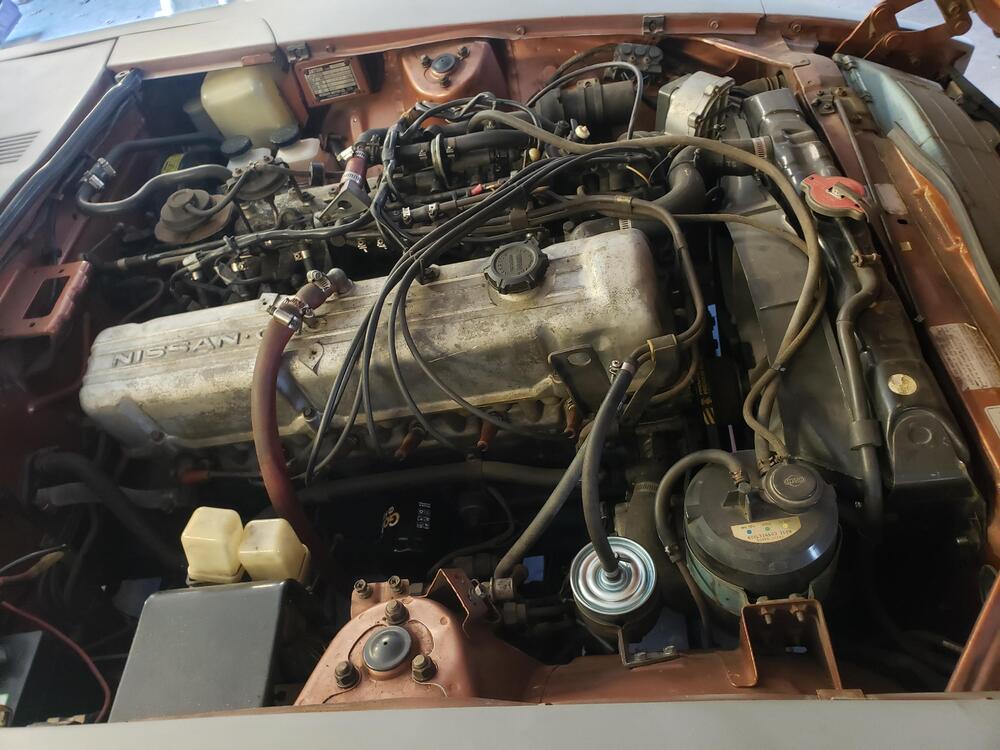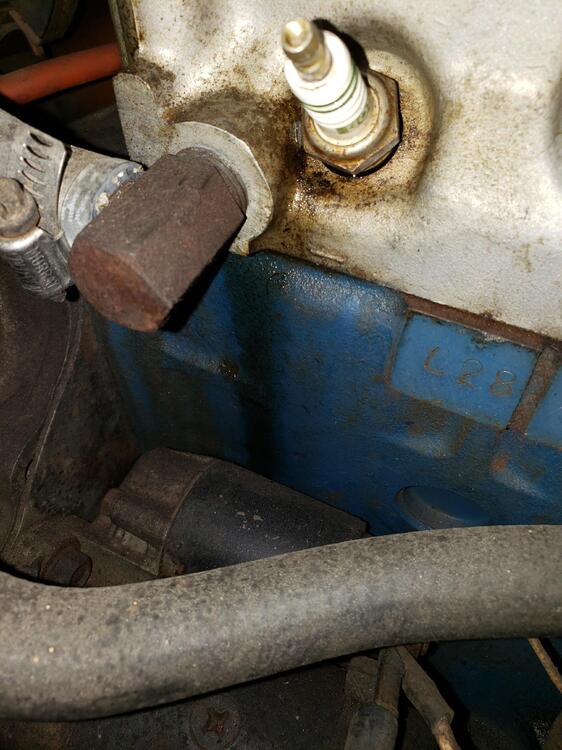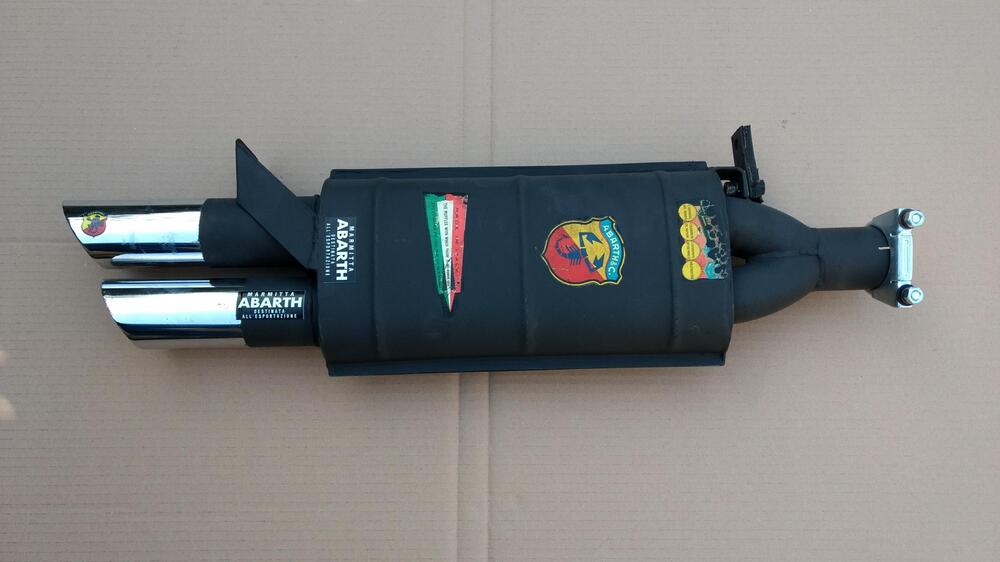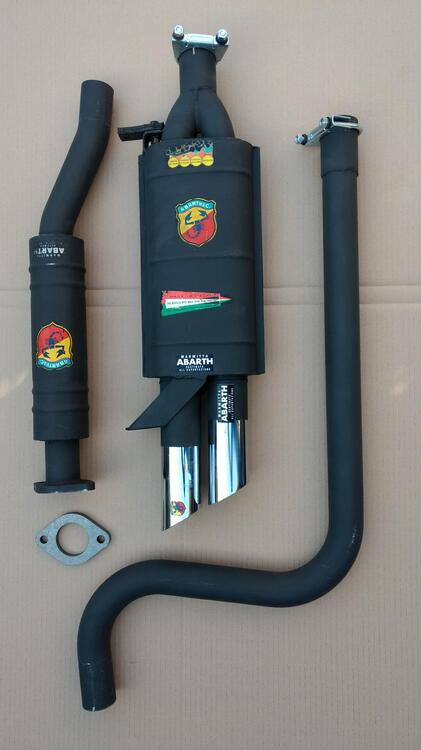First, these are two COMPLETELY independent circuits.
Headlights first. The readings you give are inconsistent. Are you measuring voltage to ground when measuring at the fuse box? If they are essentially 0 volts to ground there, you wouldn't have voltage at the headlight connector, provided you have the dash harness to engine harness connectors correct. Since they are color coded, I would expect they are hooked up properly.
There is only one voltage source going to the passenger headlight socket. The other two wires go back to the combination switch which will ground one circuit (high beam or low beam) or the other. If the headlight switch is on when the circuit is not grounded, you could see voltage at all three points on the connector if the other side headlight is plugged in.
Here's how the circuit flows:
The white/red wire goes to the right hand switch.
When the switch is on, there should be voltage on the red wire.
The red wire goes to the fuse box and splits between the left and right headlight fuses.
The right side fuse comes out as a red wire. The left side fuse comes out as a red/yellow wire.
The wires go to the connector for the dash harness to engine harness and out to their respective headlights.
With the headlight plugged in, the wiring path goes back through the red/black (low) and red/white (high) wires
The red/black and red/white go through the engine harness to the dash harness and back to the left switch.
The left switch will connect one of those two wires to ground.
One of the first things to do is make sure you connected the ground wire at the steering column. A loose or missing ground will make your voltage reading wonky.
The high beam indicator on the gauge goes from the right headlight fuse to the gauge and out as a red/white wire that joins up to the red/white wire that came back from the headlights.
For the turn signals, if there is not enough current flowing through the old flasher relay, the light(s) connected on that circuit will tend to stay on. You'll see this if there LED bulbs with the old style flasher relay. The old flasher relays would heat up with enough current flow. This would cause the bimetal strip in the relay to bend away from the circuit. This would cause the lights to go off. Once the current stops flowing through the bimetal strip, it cools, and the strip goes back into place, completing the circuit again.














